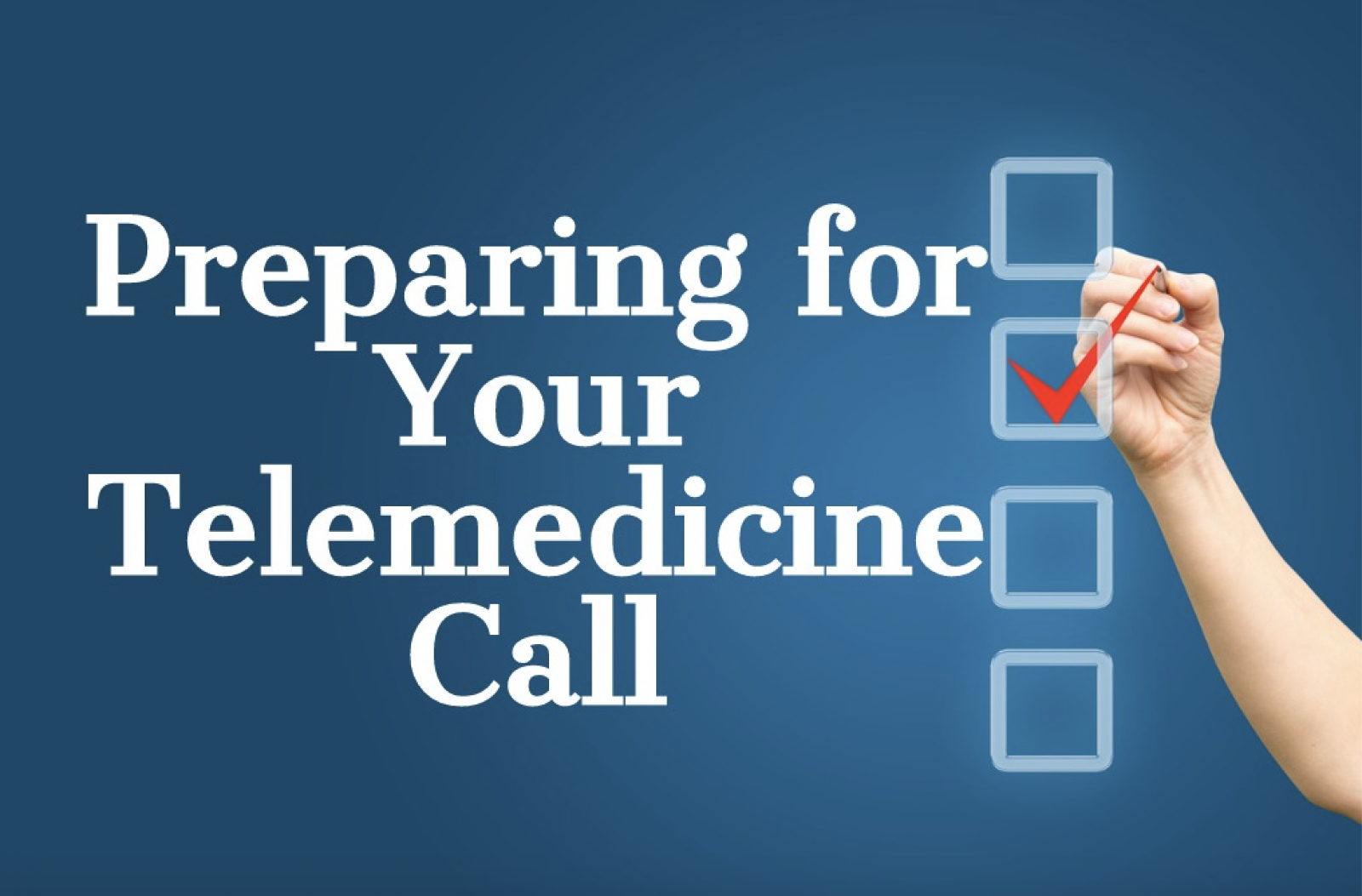Top Nine Tips For Diving Into Telemedicine With Your Doctor During COVID-19
By Francine Kaufman
 By Francine Kaufman, MD
By Francine Kaufman, MD
Renowned pediatric endocrinologist Dr. Francine Kaufman shares 9 key steps to get the most out of your virtual visit
As a result of the COVID-19 pandemic, more and more health care providers (HCPs) are converting the usual in-person health care visit to a telemedicine visit, with you on one side of a screen and them on the other. Of course, some of you have been interacting with your HCP in between your visits for years – by emailing uploads, texting numbers, and calling in questions and concerns. But now, get ready for your entire diabetes follow-up visit to be virtual.
So what do you need to do to prepare for this new way to get medical care?
1. Look at all your data before your appointment. Upload your pump, connected pen, continuous glucose monitor (CGM) and/or blood glucose meter. Usually look at data from the last 14-30 days.
Glucose numbers to know:
-
Your average glucose value (optimally 150 mg/dL range)
-
Your time in range (percent of glucose levels between 70-180 mg/dL, which you want to be as high as possible – aim for 70% or greater)
-
Your time above range (percent of glucose levels above 180 mg/dL – aim for 25% or lower)
-
Your time below range (percent of glucose levels under 70 mg/dL – aim for 4% or lower)
-
Your GMI (glucose management indicator) reflects what your A1C – for the most part, aim for 7% or less
-
Look at the graphs of your CGM readings, or look at your fingerstick blood glucose values. Look for high and low patterns, or times when you have the most variability (the most highs and lows all at the same time)
-
If you can, compare these numbers to what your numbers were 1-3 months ago
Insulin numbers to know:
-
Know your total daily dose of insulin and how much of that is basal or bolus; also know your carb ratios and your sensitivity or correction factor
-
Know your insulin pump settings – the basal and bolus settings are found in one place on the pump upload
-
Know what insulin preparations you are using
-
If you can, compare your current doses to what your doses were over the last three months
-
Decide what you think about your numbers (insulin doses and glucose results)
2. Do a complete check in of your body’s health – it’s called a Review of Symptoms
-
HCPs do this by asking questions about your body from head to toe
-
Do you have: headaches, issues with your eyes, sore throat, ear pain, trouble breathing, coughing, shortness of breath, irregular heart beats, chest pain, stomach aches, diarrhea or constipation, gas, changes in urination, issues with menstruation, erectile dysfunction, aches or pains, skin problems, swellings or lumps anywhere, sadness or depression, foot issues, etc.
-
If you have any symptoms, you need to discuss what they are, how often they occur, what makes them better or worse, and how they are affecting your daily life
3. Get an A1C test (or other blood and urine tests) in a lab, if that is what your HCP orders
4. Think about what you eat and be ready to discuss your nutrition plan – specifically think about carb intake
-
If you can, weigh yourself and be ready to discuss any change
5. Discuss your activity level – and if you are having glucose management issues when you exercise
6.Think about your mental health
-
We are all anxious as we face the COVID-19 pandemic and social distancing, but there are signs and symptoms of excess anxiety: poor sleeping, disordered eating, crying, headaches, etc. If you have issues, discuss them with your HCP and see if they have any suggestions
7. Write down all your questions and concerns so that you can remember to ask everything you need to during your time with your HCP. Write down their answers so you don’t forget what they said.
Examples of the kinds of questions you could be asking:
-
What does your HCP think about your glucose numbers and insulin doses?
-
Does your HCP suggest any changes to your diabetes management plan?
-
What’s new on the horizon?
-
What should you know about the COVID-19 pandemic?
-
These are just exampes; you can ask anything you want to know or find out! There are no inappropriate questions
8. Be sure you have a sick day plan
9. Be sure you have all your prescriptions and supplies
This is an opportunity for you to truly take charge of your diabetes appointment. A virtual visit can be as rewarding as a regular in-person visit, but for it to have a true impact on your health, your diabetes outcome, and your diabetes treatment plan, you need to be prepared, proactive and informed.
Telehealth helps people with diabetes more easily access healthcare to keep them safe. Click here and join diaTribe Change in helping all people with diabetes access Telehealthcare.
This article is funded in part by the Time in Range Coalition and the Ella Fitzgerald Charitable Foundation. The diaTribe Foundation retains strict editorial independence for all content.







